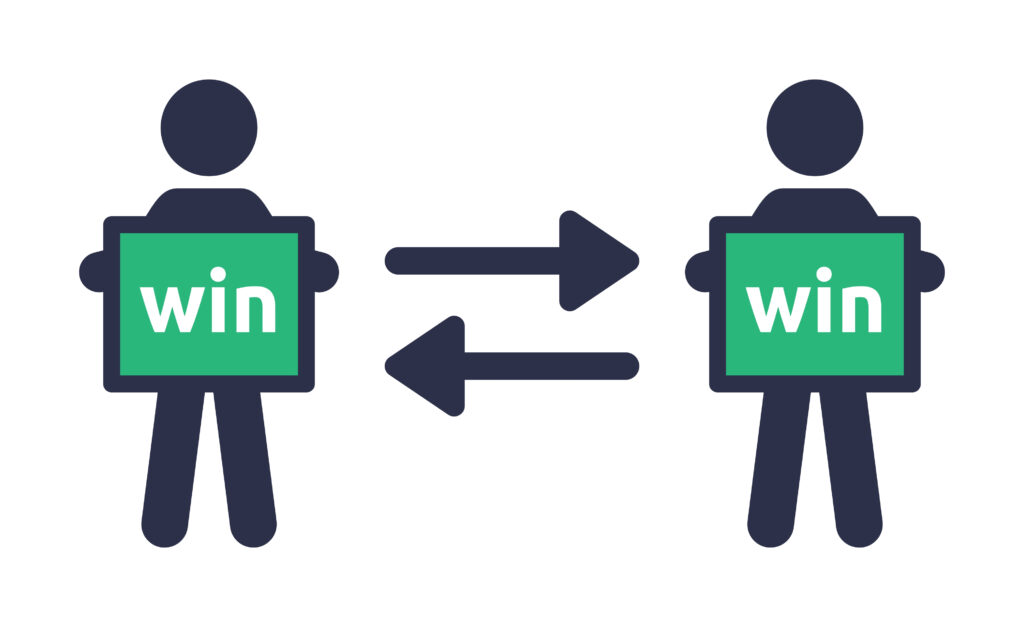Mindfulness in the Workplace: A Guide to Unlocking Your True Potential as a Successful Professional
Every moment you are making three decisions, as Tony Robbins would say:
1. What to focus on,
2. How are you going to feel about it, and
3. What you are going to do about it
If you are not mindful or conscious, then your life will continue to run on autopilot and you will tend to languish.
How do you feel when you are talking to someone, and that individual’s mind is somewhere else? We have all experienced some interaction at the workplace where we were trying to explain or present something with full passion, but the receiver is not actually focusing on what you are saying. How many times have you been guilty of doing the same?
In this era of multitasking and hyper pressure, many professionals struggle to focus on the present (they keep thinking about the next meeting or next assignment).
Over the past 20 years, I have had the privilege of working with many leaders (including management board members of big corporations). The leaders that I admire always made me feel listened to; they were always fully present. This in turn made me feel appreciated and energized.
I am sure you all have come across the term ‘Mindfulness’. I have seen this term triggering different responses from different colleagues at work. While many have mentioned to me that being mindful is extremely helpful, some have mentioned the concept is too difficult to understand and practice in real life.
And so, let me define mindfulness for you …
Defining Mindfulness and some useful resources
‘Mindfulness means paying attention in a particular way: on purpose, in the present moment, and nonjudgmentally’.
– Jon Kabat- Zinn, The founder of Mindfulness-Based Stress Reduction
I have heard people saying that ‘you need to be a meditation guru to be good at being mindful’. Of course, if you practice meditation regularly (focused meditation) it would help, but you can start being mindful right now just by focusing on the present moment. The question is how often can you catch yourself when you go into autopilot mode?
While there is a number of books on ‘Mindfulness’, I found a few books which made the concept very easy to understand:
1. Search Inside Yourself, by Chad-Meng Tan
Chad initially developed an internal program for google and after a huge success within google he released this book),
2. Rewire your Mind, by Dr. Shauna Shapiro
3. The Joy of Living, by Yongey Mingyur Rinpoche
The topic of this book is a bit wider but I am sure you will have fun reading it. I was also fortunate enough to participate in the online course ‘Search Inside yourself’.
Dont fall into the 3 traps…….
The interesting point is just because you are present ( focusing on the happenings of present moment ) may not serve the full purpose. This is where the book titled ‘Mindfulness’ by Ellen Langer ( she studied at NYU and Yale and then served as tenured professor at Harvard) provides excellent insights which is genuinely applicable for professionals.
The Key essence of her message is that one needs to actually pay attention in focused way (use your brain to make sense of what is happening ,not just go with the flow by being present). According to Ellen Langer there are 3 traps one may fall into which would actually result in being mindless :
1. Trapped by Categories : We tend to but everything into specific box so that our life becomes easy by following already what is tried and tested. Just because something falls into a specific category we are familiar with may not mean it is corrent under specific circumstances. In this way we fail to create new categories to move things forward. Good professionals can navigate through this trap.
2. Automatic Behavior : Even if we think that we are being mindful , on many occasions we fall into the trap of automatic behavior and in turn fail to challenge the status quo. It is ok to follow tried and tested path but there are occasions one needs to challenge the current status and form new behaviors.
3. Acting from a single perspective : Often we see a phenomenon and interpret it from single perspective. In those cases even if you think you are being mindful but you are truly not thinking things through.
If there are sufficient interest then in future I would elaborate on the above 3 ponts further.
Wondering how to go from stress to success in your professional career?
In today’s fast-paced and ever-changing work environment, it’s easy to feel overwhelmed and anxious. However, with mindfulness, you can take control of your thoughts and emotions to navigate the workplace and unlock your true potential as a successful professional.
Mindfulness is essential for professionals who want to improve focus, creativity, and business relationships. Big business CEOs, such as Mark Bertolini of Aetna, commonly attribute mindfulness to their sharp outlook on business decisions.
This article covers mindfulness in the workplace, including its benefits, practical strategies for incorporating mindfulness into your daily routine, and real-world examples of mindfulness in business.
What is Workplace Mindfulness?

Mindfulness in the workplace means being fully engaged in your work and surroundings. While maintaining an open, curious, and compassionate attitude at work, mindfulness allows individuals to become more aware of their thoughts and feelings without judging or labeling them.
We all possess levels of mindfulness, whether we know it or not. Mindfulness is an innate quality that you can develop with regular practice. Over time, mindfulness can rewire your brain into a flourishing, productive state. With consistent practice, the amygdala (a brain region that reacts to stress) is reshaped. It also increases your brain’s capacity to form new connections—a term called neuroplasticity.
Professionals who practice mindfulness can effectively manage stress, make informed decisions, and engage in innovative thinking. These are crucial qualities of a thriving organization
How Mindfulness Can Help a Business
Professionals that practice mindfulness can have a significant impact on the corporation’s success.
With the rising number of sick days related to stress, depression, and anxiety, mindfulness may provide the antidote.
Workplace mindfulness can reduce staff turnover rates and absenteeism, employee productivity, and job satisfaction, resulting in attractive cost savings for the company.
7 Benefits of Mindfulness in the Workplace

There are numerous benefits to incorporating mindfulness practices into your daily work routine.
- Boost your creativity and innovation by enhancing your cognitive flexibility and idea generation.
- Improve your ability to make decisions and solve problems by sharpening your focus, ignoring distractions, and thinking creatively.
- Reduce workplace absences and increase productivity by managing stress and overwhelm.
- Improve financial performance and increase ROI for you and your organization.
- Build stronger and more collaborative relationships with colleagues by increasing social belonging.
- Develop resilient leadership capabilities by cultivating emotional intelligence and empathy.
- Experience less stress, anxiety, and overwhelm in the workplace.
A Few Practical Tips for Corporate Mindfulness
Tip 1 – Incorporating mindfulness practices into your daily routine can be simple and effective.
The longer you stick with mindfulness practice, the more profound the experience will be. Over time, increase the amount of time you dedicate to your mindfulness practice, just like when training a muscle.
To me, this about getting off of autopilot and taking charge of your decision and actions. This helps you to flourish in life.
Tip 2 – Designate a few minutes each day for focused meditation or breathing exercises, even if it’s just five minutes.
Set an intention to focus on the present moment and engage fully in your work. To bolster this intention, concentrate on one task at a time. Additionally, recharge your mental energy by taking regular breaks. Before starting any meeting take 3 breaths and ask yourself why are you in the meeting and what exactly you want to get out of this meeting (this will keep you mindful during the meeting)
Tip 3 – Practice mindfulness with colleagues at work.
By paying attention to how you communicate with your colleagues in the workplace.
Actively listening to what they have to say and responding thoughtfully will force you into the present moment and stop the running narrative in your head.Awareness of the present moment will welcome new ideas and perspectives at work while maintaining an open and curious spirit.
Incorporating these practices into your daily routine can enhance focus, improve communication, and promote creativity.
Real-World Examples of Mindfulness in Business
Major organizations such as Apple, Target, and Deutsche Bank are embracing the idea of workplace mindfulness in their corporate systems.
Google has been promoting mindfulness since 2007. Their Search Inside Yourself course is a range of mindfulness-based programs offered to employees.
The program includes mindful meditation, self-awareness exercises, and compassion practices. The course is very successful, resulting in greater employee satisfaction, well-being, and productivity at work.
Aetna, a top health insurance company, started “Mindfulness at Work” in 2010 to train employees in mindfulness through meditation and yoga classes. This resulted in lower healthcare costs, reduced stress, fewer sick days, and increased productivity.
Overall, mindfulness can help you reach your full potential and advance your career. Incorporating workplace mindfulness practices into your daily routine will improve your focus, decision-making skills, creativity, and overall well-being.
If you want to discuss further how you can be more mindful at work, what mindfulness practices you can incorporate in your day to day life, and how mindfulness can unlock your true potential then feel free to contact me through my website Ignite2Flourish today to book a complimentary strategy session.


I like the idea of practicing mindfulness at work with colleagues. I heard that it was a good exercise to repeat back what the other person is saying and see if they agree. Maybe that’s one way to “practice”